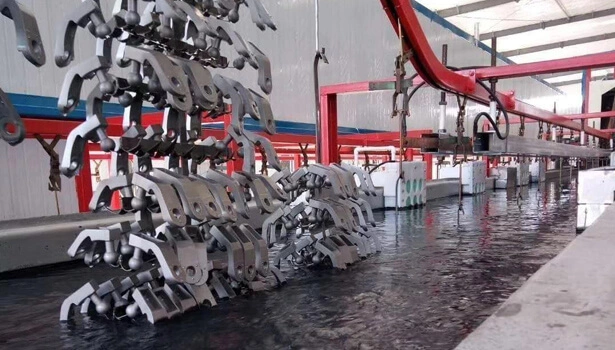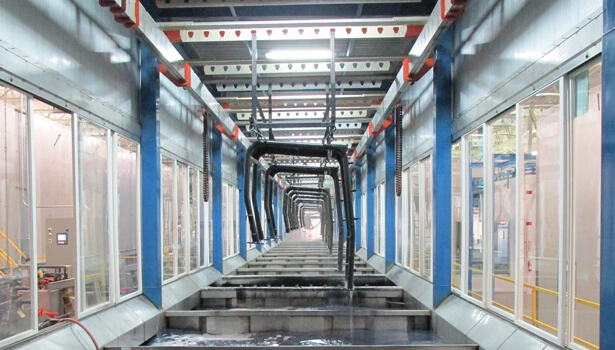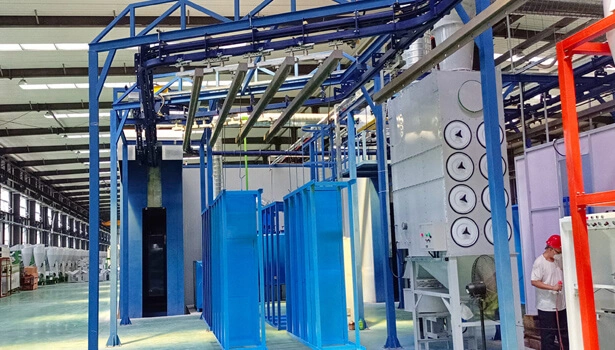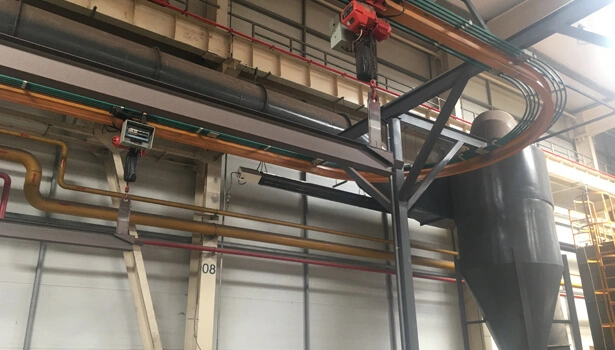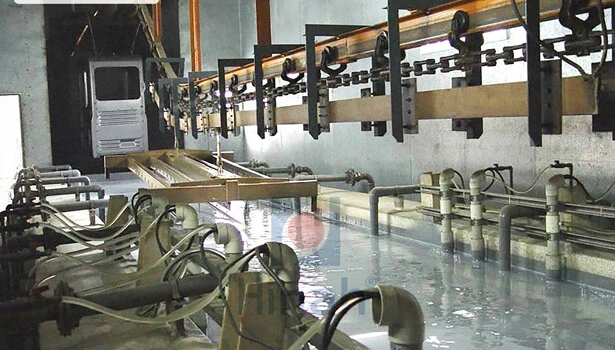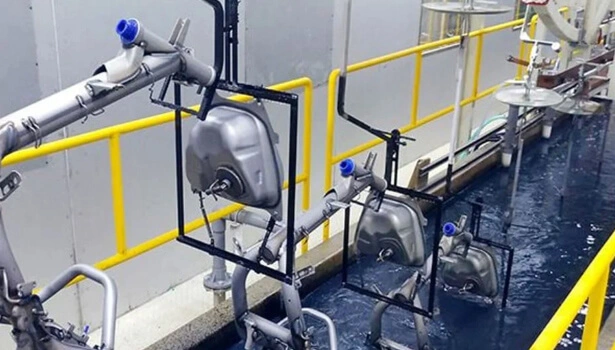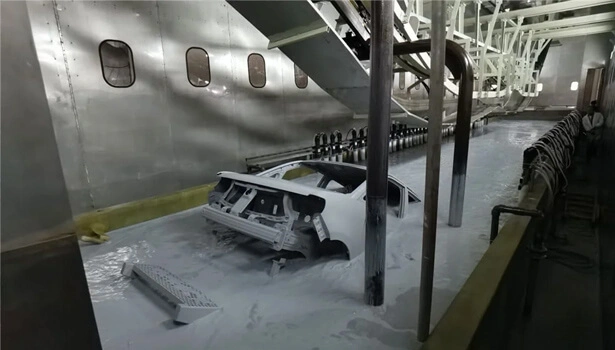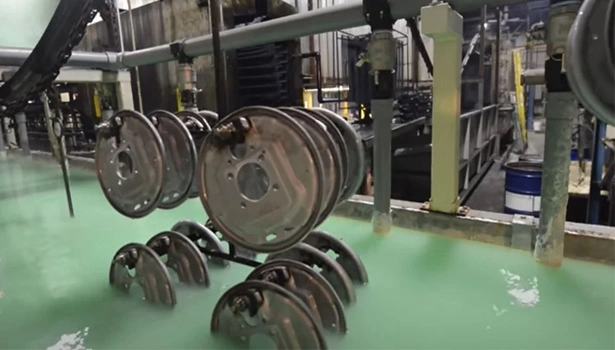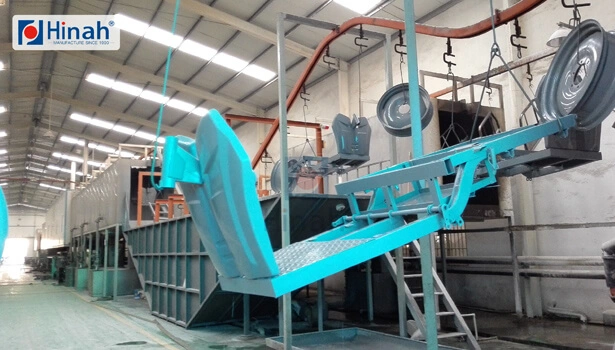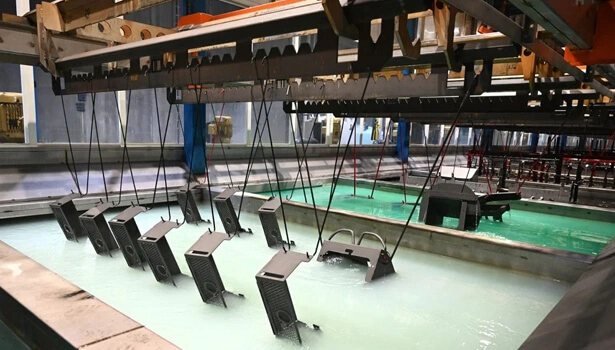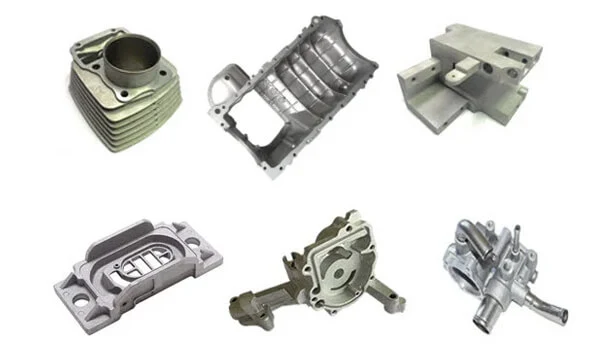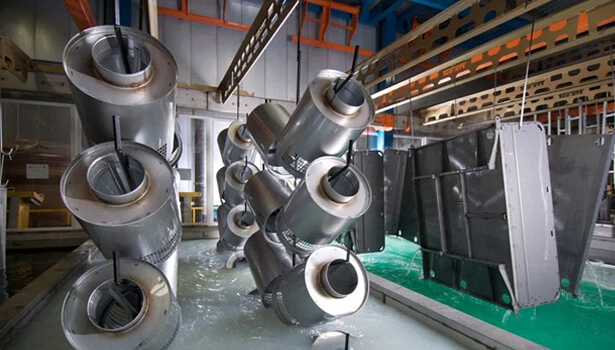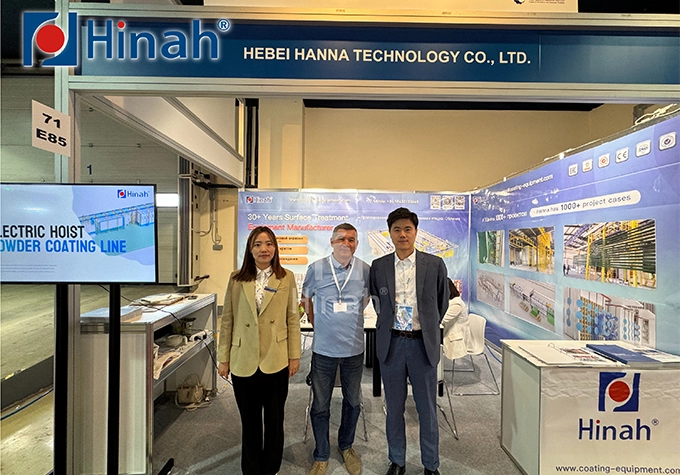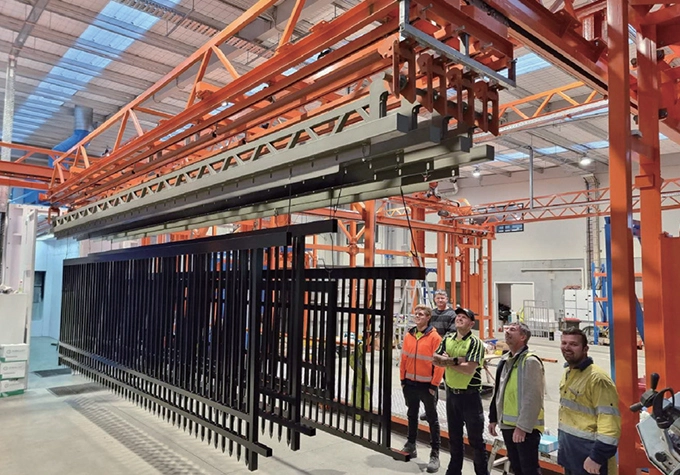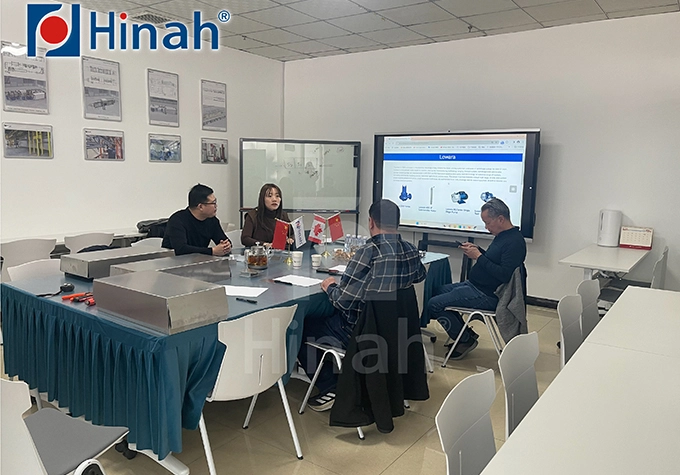The primary advantage of E-Coating is its ability to provide a uniform, durable, and corrosion-resistant finish. It also offers high efficiency with minimal waste, as the process uses water-based solutions. Additionally, E-Coating is environmentally friendly and provides superior adhesion, making it ideal for metal parts in automotive, industrial, and consumer products.

-
Powder Coating Line
- Automatic Powder Coating Line
- Manual Powder Coating Line
- Powder Dip Coating Line
- Vertical Powder Coating Line
- Horizontal Powder Coating Line
- Small Powder Coating Line
- Aluminium Powder Coating Plant
- Almirah Powder Coating Plant
- Conveyorised Powder Coating Plant
- Industrial Powder Coating Systems
- Powder Coating Equipment
- Painting Line System
-
E-Coating Line
- Monorail E-Coating Line
- Gantry Stepping E-Coating Line
- Accumulation Conveyor E-Coating Line
- Trolley Hoists E-Coating Line
- E-coating System Accessories
- Aluminum Products E-Coating Line
- Automotive Body E-Coating Line
- Automotive Parts E-Coating Line
- Small Electric Cars E-Coating Line
- Power Moto Tricycle E-Coating Line
- Electric Appliances E-Coating Line
- Castings E-Coating Line
- Stainless Steel Products E-Coating Line
- Support
- About Us
-
Get a Quote

 fr
fr  de
de  es
es  it
it  ru
ru  pt
pt  ar
ar  th
th  pl
pl  ro
ro 
